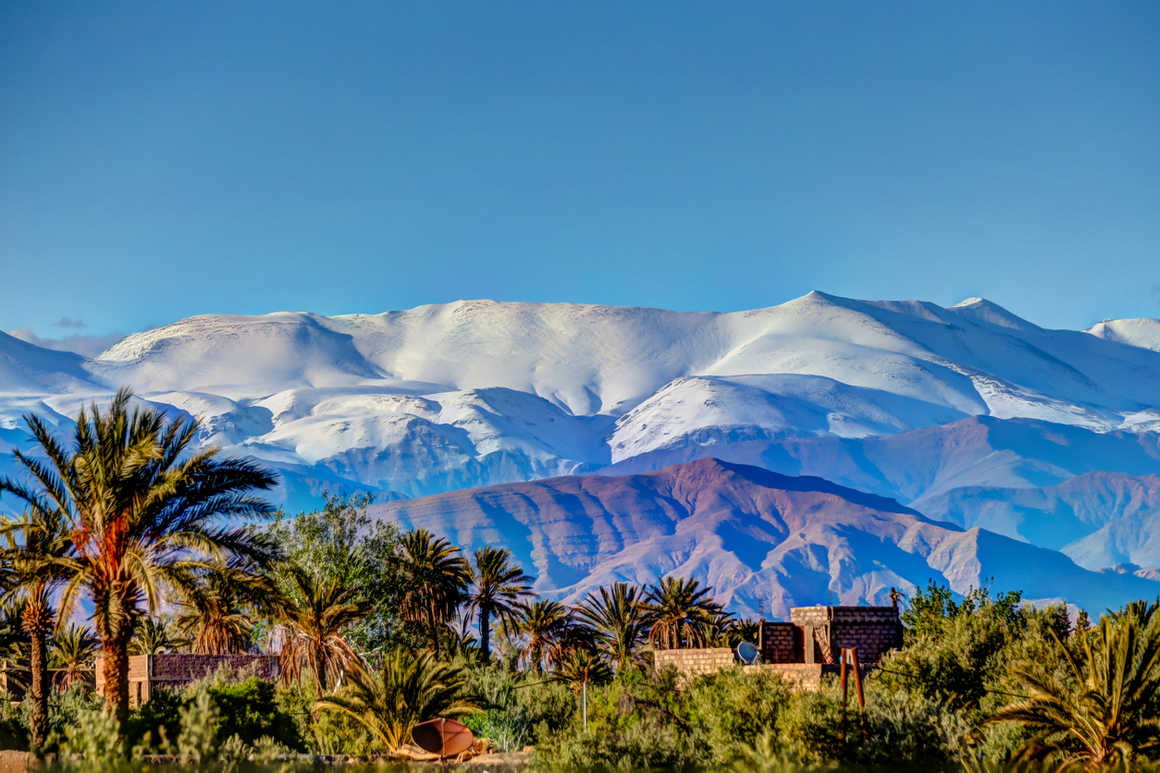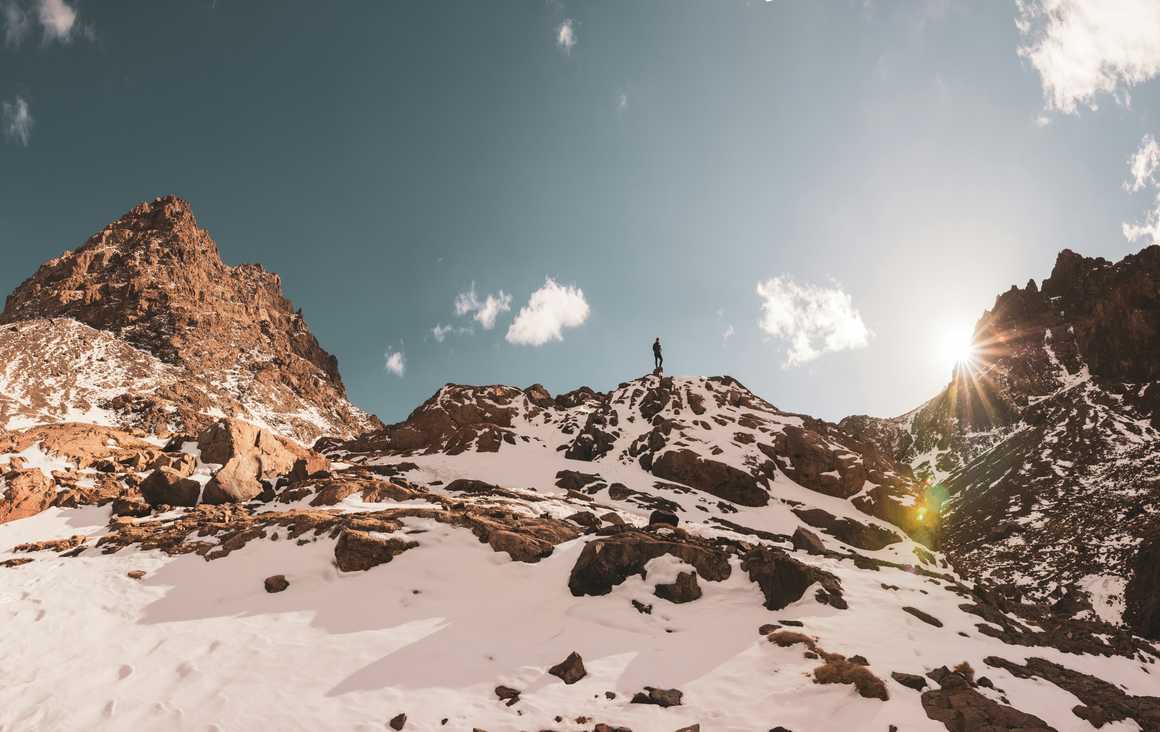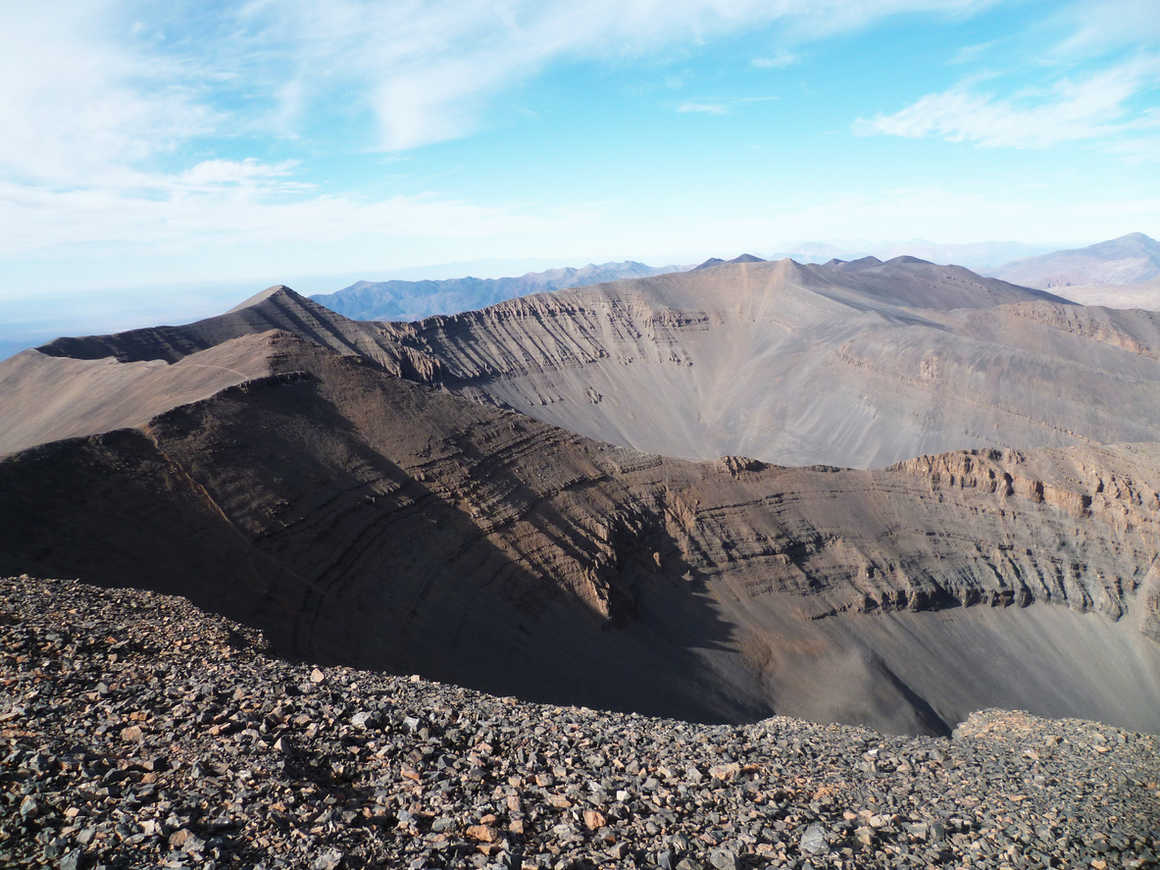Mountain Ranges in Morocco
The Rif mountains in Morocco are hidden in the far north of the
country and cup the northern coastline between Tangier to the west and Nador to
the east. These mountains are not heavyweight high peaks, with the top
elevation only just shy of 2,500m, but they are the wettest place in Morocco
and the rich fertile lands have been home to the Berber people for hundreds of
years. For a taste of rural Morocco way off the beaten track, the Moroccan Rif
Mountains are ideal. Use the enchanting blue town of Chefchaouen as a base and
spend your days hiking across varied landscapes and your evenings delving into
the aromatic souks of this unique hideaway.
The bigger and better-known Moroccan mountain range are the
Atlas Mountains. This high range stretches from where the Atlantic Ocean meets
Agadir on the western coast of Morocco inland eastwards through Morocco then
northeast to Algeria and Tunisia on the northeast corner of Africa. The largest
part of the Atlas Mountains is in Morocco and the highest peak in north Africa
can be found here, Mount Toubkal, which is around 40miles or 65km south of
Marrakech.
The Atlas Mountains can be split into four different
regions, the highest of which are all in Morocco. The Anti-Atlas Mountains rise
from the Atlantic south of Agadir and sprawl northeast where they meet the High
Atlas Mountains which rise to the northeast above Agadir. The Middle Atlas Mountains
split off towards the north in the direction of the Rif mountains. This
dramatic ridge of mountains forms a spine stretching latitudinally across
Morocco separating most of the country from the Sahara Desert.
The Atlas Mountains are famed for their stunning views,
varied terrain and relatively quiet trails. The combination of the hustle and
bustle of Moroccan towns contrasted with the vast, rolling countryside, high
mountains, sprawling coastline and dry, dessert regions, make Morocco a
must-visit place for adventure seekers.

The Highest Mountains in Morocco
2.
Ouanoukrim – 4,089m
3.
M’Goun – 4,071m
4.
Afella – 4,043m
5.
Akioud – 4,030m
6.
Jebel n’Tarourt – 3,996m
7.
Biquinoussene – 4,002m
8.
Tazaqhart – 3,980m
9.
Taska n’Zat – 3,912m
10. Jebel
Aksousal – 3,910m
All ten of the tallest mountains in Morocco are in the High
Atlas Mountains which offer stunning views across the lush countryside down to
the sea to the east and the Sahara to the south. Many of these mountains are
technical climbs and require a certain amount of experience, equipment and
support and some of these peaks have only a handful of documented ascents. But
let’s take a look at some of our favourites.
Mount Toubkal
Climbing Toubkal involves a multi-day trek and needs to
allow time for acclimatisation to avoid altitude sickness. The ascent itself is
steep and rocky but no technical skills are needed and those intrepid
travellers that summit her peak are rewarded with stunningly beautiful vistas
from the top across the whole of north Africa. What makes the Mount Toubkal
trek such an unforgettable experience is the opportunity to meet the nomadic
Berber tribes, sleep in tents under endless starry skies and sample the mouth-watering
cuisine of these fascinating people.
You can climb the highest peak in Morocco in both summertime
from June-September and escape the dry heat of the lower regions to the much
cooler high altitude, or you can trek Mount Toubkal in winter from
January-March. You don’t have to pick one of these seasons but if you want
weather conditions that are conducive to a successful expedition then avoiding
the rains is probably a good idea. The difference in trekking experiences is mainly
down to the weather, terrain and temperature. Climbing the tallest mountain in
Morocco in winter will involve trekking in winter conditions, so expect snow
and ice so equipment such as crampons will be essential. Toubkal is a great
peak to try out your mountaineering skills in winter conditions, but the climb
will be challenging and physical so plenty of preparation is needed. Saying
that, experiencing the High Atlas encased in snow and ice is a pretty special
sight and there’s nothing like catching a glimpse of the Sahara from the snow –
providing the skies are clear!

Ouanoukrim
M’Goun
M'Goun shares its name with the M’Goun UNESCO Global Geo
Park, areas which are designated for their important geological history. This
Geo Park in particular contains important dinosaur fossils and footprints as
well as evidence of tectonic structures instrumental in forming the Atlas
Mountains.











